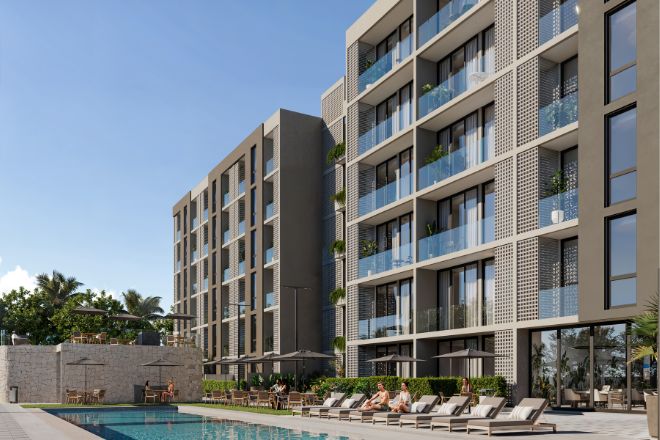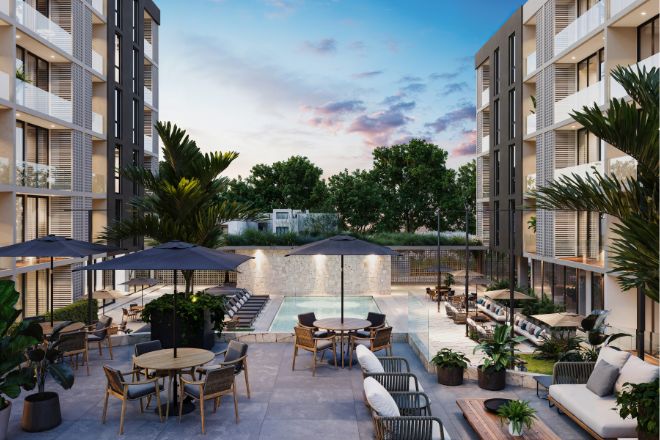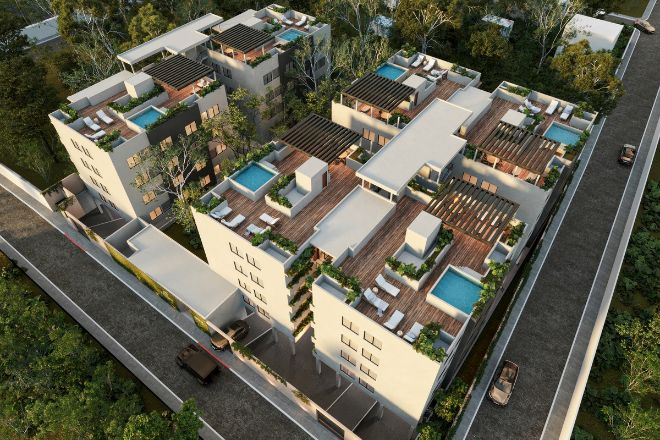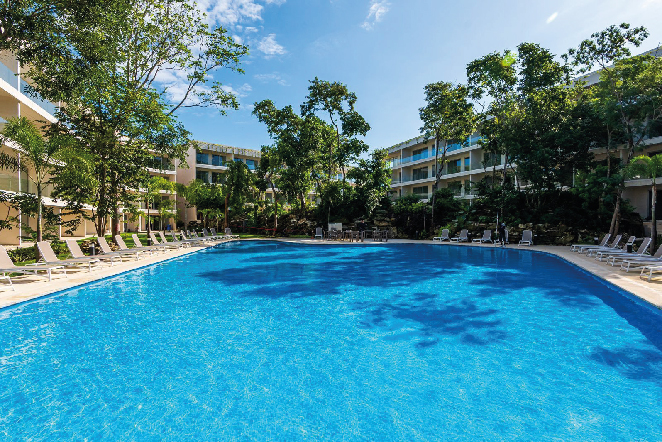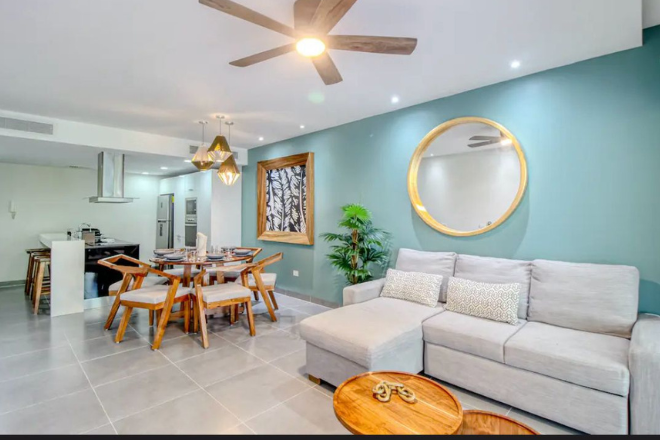
Written by Ly Cotes
Published on August 23rd, 2020
When we think of the Riviera Maya we usually think of the beauty of the crystalline beaches tinted with a beautiful blue tone, but we are more than sun, beach, and sand, today I am going to tell you a little about a natural treasure that abounds in the Riviera Maya and the Peninsula of Yucatán: Cenotes.
Cenote comes from the Mayan word 'dzonoot' which means a hole of water. There are several types of cenotes: open, semi-open, or underground, and the maturity of the cenote is what indicates the type of cenote it is, the younger ones are still into caves, and when they are older, they become open.
They are usually subcircular formations and in most cases, they are part of a very complex underground river network, fed by the filtration of rain and rivers. Speleologists have determined that there is a connection between the cenotes of the Peninsula, the Riviera, and the sea. It is estimated that there are around 2,400 cenotes discovered so far.

Cenotes in the Mayan Culture
Cenotes were important within the Mayan culture, they were documented from the 16th century by Fray Diego de Landa, but the interest and exploration began from the late 19th and early 20th centuries. Cenotes are magical and enigmatic. For years and years, they were the only source of potable water in the jungle, a sign of this is that Mayan cities were built around them.
They were sacred for the Mayans, not only because of the importance water has, but because they believed the cenotes were portals and windows to the underworld, this term may not be confused with hell, as that concept was not part of the cultural beliefs Mayans had. Instead, Mayans believed that offering gold, jewels, and clothes into the cenotes, will please their gods.
Current culture
For many inhabitants of the region, the cenotes continue to be related to fertility, life, and rebirth. Many cenotes are located deep in the jungle and there may still be some that are not discovered yet.
Archaeologists and divers have descended for years to the various cenotes, finding in their depths ceremonial objects, priceless pieces, gold, jade, and skeletons of people and animals.
Visiting a cenote is a mystical and unique experience, you will never find two identical cenotes even if they are the same age. Today it has become popular to visit them for their natural and unique beauty, caring and protecting them is everyone's job, so I invite you to comply with certain basic rules when you visit them:

• Essential to rinse before swimming in the cenote
• Wear a bathing suit
• Keep it clean and respect its surroundings
• Use biodegradable and environmentally friendly sunscreen, tanning lotion, or makeup
• Do not touch the vegetation as far as possible
• Follow any special rules of the cenote you visit
•
Have fun and take pictures!
Now you are prepared to have a Top three list of Cenotes in Riviera Maya, all of them are very close to Playa del Carmen and Tulum, great options in which you will not have to drive too much.
Cenote Chikin-Ha
Characterized by its large half-moon shape, is located in between Xpu-Ha and Puerto Aventuras, close to the lots for sale in Xpu-Ha Beach.
Cenote Dos Ojos
One of the most popular cenotes, is a cave with two cenotes with 70 meters diameters each one, located between Akumal and Tulum.
Cenote Xunaan-ha
This is located in Chemuyil, close to Selva Secreta, one of the biggest and more renowned of the area. Is an open cenote with access to caves.
Have you swim in a cenote already? How was your experience?
See you in the next post!

